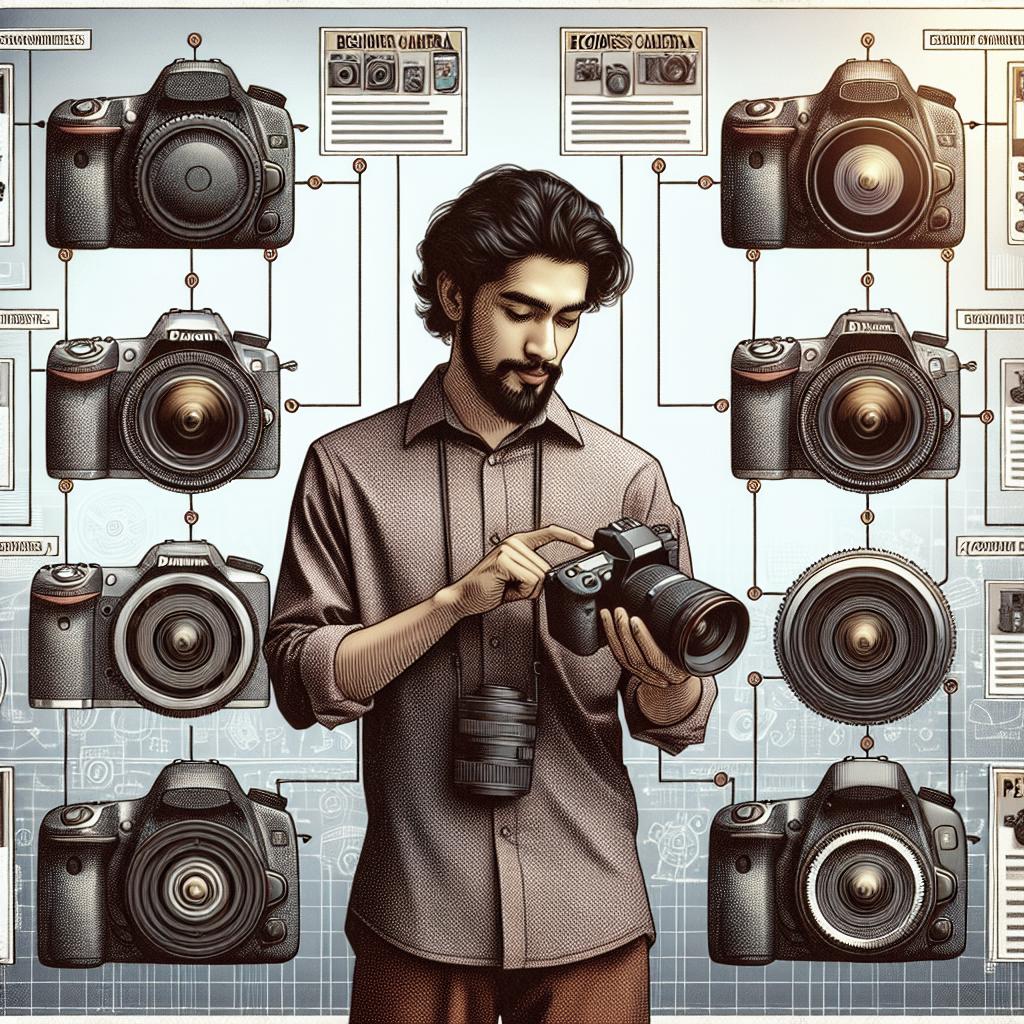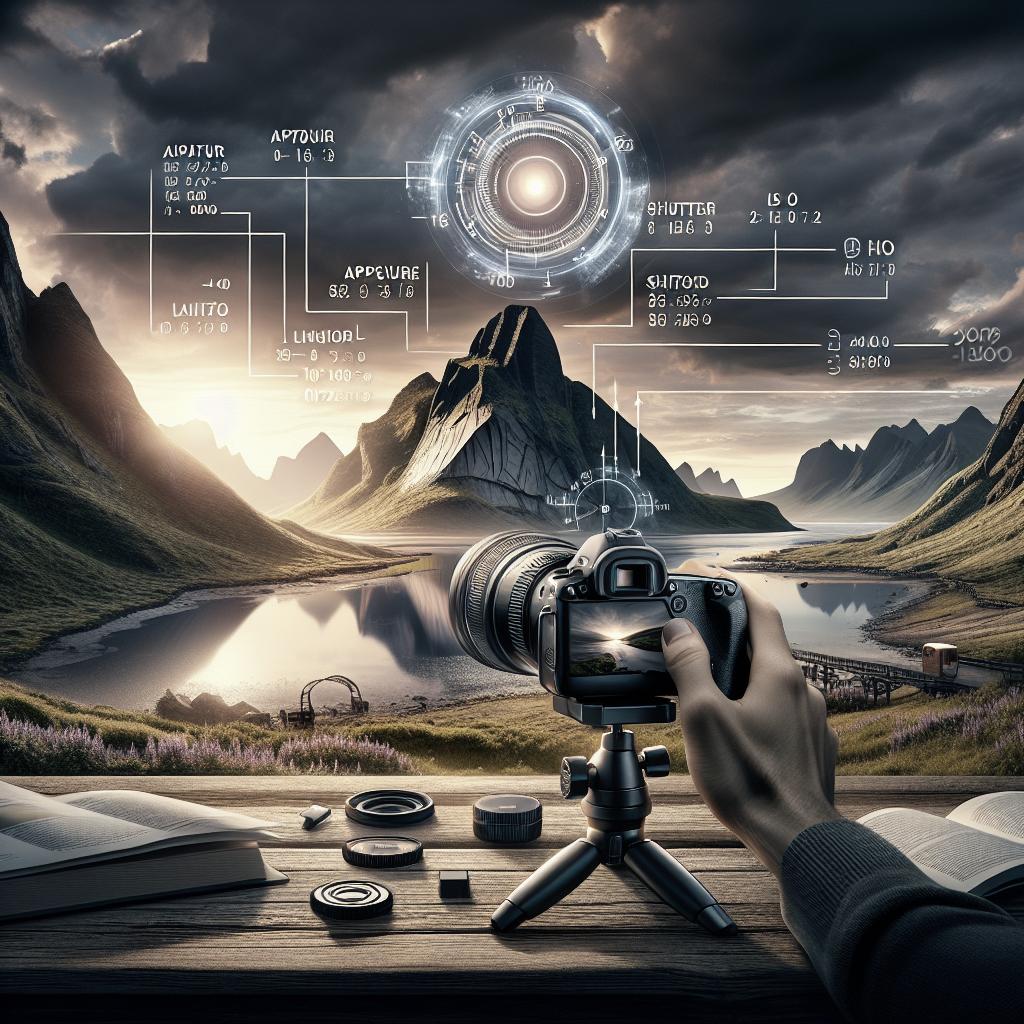“`html
How to Edit Photos Using Lightroom
Adobe Lightroom is a powerful tool for photographers, whether you’re a seasoned professional or an enthusiastic amateur looking to enhance your images. In this blog post, we’ll take you through essential techniques and processes used in Lightroom to transform your photos from basic captures to compelling pieces of art. Explore the settings for adjusting light levels, color balance, and fine-tuning individual elements within an image. We’ll also delve into the complexities of lens correction and spatial transformation for more technically precise edits. By understanding and utilizing these Lightroom features, you’ll be able to create visually stunning results that match your artistic vision.
Get the Space.com Newsletter
Light Levels
Adjusting light levels is one of the first steps you should take when editing in Lightroom. This begins with the ‘Basic’ panel where you can adjust exposure to correct for underexposed or overexposed images. Additionally, by tuning the ‘Contrast’, ‘Highlights’, ‘Shadows’, ‘Whites’, and ‘Blacks’, you can bring out the details in different areas of your photograph, creating a more balanced and visually appealing result.
It’s important to keep an eye on the histogram available in the Lightroom interface as it provides a graphical representation of the tonal range in your image. By ensuring that your adjustments don’t cause the histogram to “touch” either end, you’re preventing loss of detail in the shadows or highlights. These adjustments can greatly enhance the depth and drama within your photo without compromising the natural look.
Color Adjustments
The color of an image can dramatically influence mood and viewer perception. In Lightroom, the ‘HSL/Color’ panel allows you to manipulate Hue, Saturation, and Luminance separately. This capability offers precision in adjusting specific color tones without affecting the rest of the image. For instance, you can enhance the blues in a sky or the greens in a field to create more vibrancy.
Moreover, the ‘White Balance’ setting is essential for correcting the overall color tone of a photograph. Whether it’s warming up cool images or balancing colors under artificial lighting, adjusting the white balance can make your photos appear more natural. Always aim for the tone that best depicts the atmosphere and emotion you want your audience to feel when looking at your image.
Editing Individual Elements
Lightroom offers fantastic tools for selectively editing parts of your photo, allowing for detailed fine-tuning. Use the ‘Adjustment Brush’, ‘Graduated Filter’, or ‘Radial Filter’ to specifically enhance or modify parts of your image. These tools allow for separate adjustments of exposure, saturation, and clarity, making it easier to bring out features or soften backgrounds without affecting the entire photo.
For instance, if a subject’s face is in shadow, the Adjustment Brush can brighten this element without affecting the background. This level of detailed editing lets you emphasize the focal points of your images or draw attention away from certain areas, empowering your creative expression.
Lens Correction and Transform Panels
The ‘Lens Correction’ panel is crucial for counteracting any distortion or vignetting caused by the lens used when shooting. Lightroom can automatically apply lens profiles based on metadata associated with the image, which helps in correcting these issues effortlessly. However, manual adjustments allow for further finetuning if needed.
Additionally, the ‘Transform’ panel is valuable when you need to adjust the perspective of an image. This tool is particularly useful for architectural photography where lines should appear straight and proportional. By using ‘Guided Upright’ or other manual transformation tools, you can ensure your photograph accurately represents the reality you intended to capture.
Final Results
After applying your edits in Lightroom, you’ll notice a substantial improvement in the quality and aesthetic of your photos. It’s important to compare the before and after results to appreciate the adjustments made and confirm that the image still reflects your original creative intention. The export settings also play a crucial role, as choosing the right file format and resolution ensures your work looks its best across different platforms.
Mastering these Lightroom tools and techniques will elevate your photography skills, allowing you to produce professional-caliber images consistently. Remember, practice and experimentation are key; as you become more familiar with these features, your efficiency and creativity in photo editing will surely soar.
Summary of Main Points
| Aspect | Description |
|---|---|
| Light Levels | Adjust exposure, contrast, and tone for balanced photography with the use of the Histogram. |
| Color Adjustments | Utilize HSL/Color panel and White Balance settings for tailored color enhancements. |
| Editing Individual Elements | Use Adjustment Brush and Filters to selectively edit parts of the image. |
| Lens Correction & Transform | Correct distortion and perspective issues ensuring proper alignment and representation. |
| Final Results | Understand the impact of your edits and export images for optimal display. |
“`


